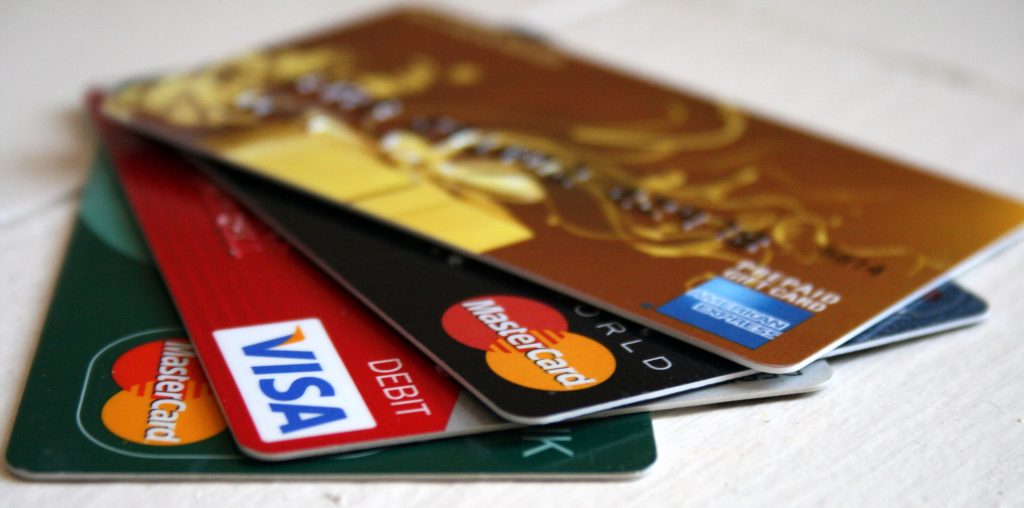<p style="text-align: justify;">If you run a store that accepts payments online or locally, your business will assuredly require a payment gateway code and a facilitator of that code (your processing terminal and merchant services provider) in order to accept payments. Since this topic is the bane of much confusion for many merchants, it’s best to spell it out in the simplest terms possible so that it makes more sense.</p>
<p style="text-align: justify;">The best way to think of a payment gateway code is by looking at it as a means by which the credit card or debit card transactions that you intend on processing are either approved or rejected by the banks. There’s a lot that goes into this… all which will be explained so you can better understand how this critical process works.</p>
<h2 style="text-align: justify;"><b>What is a Payment Gateway Code?</b></h2>
<p style="text-align: justify;">Any time a credit card or a debit card transaction is processed, payment gateway codes are used. These consist of software and servers that encrypt and securely transmit cardholder data and financial transaction information to the issuing banks and to the acquiring banks.</p>
<p style="text-align: justify;">The banks then verify that the funds are available for the cardholder before either approving or denying the transaction. Without these codes in place, it’s be impossible to tell whether or not a customer actually had the funds to make the purchase they were attempting.</p>
<h2 style="text-align: justify;"><b>How does it Work?</b></h2>
<p style="text-align: justify;">Let’s say a person wanted to make a purchase online. Once they were ready to checkout, they’d enter their cardholder data. The payment gateway would then encrypt that data before sending it to the issuing bank and the acquiring bank. Once the funds were verified as available, an approval code would be sent back securely.</p>
<p style="text-align: justify;">When this code is received, the transaction can be completed. In short, the payment gateway code helps secure data while facilitating communication with the banks so the payment can be completed.</p>
<h2 style="text-align: justify;"><b>Common Security Protocols</b></h2>
<p style="text-align: justify;">A number of common security protocols are in place to protect cardholder data with payment gateway codes in use. The major banks have created a set of standards that are designed to reduce fraud, something that costs the credit card industry billions of dollars in losses annually.</p>
<p style="text-align: justify;">Common security standards are set by the Payment Card Industry Data Security Standard (PCI-DSS or PCI). Generally, payment gateways also utilize SSL (Secure Socket Layer) and other encryption to further safeguard data while it’s in transit. This can be seen in online transactions by reading the URL signature, which will read as HTTPS://(secured) as opposed to just “HPPT://”.</p>
<h2 style="text-align: justify;"><b>Added Encryption Options </b></h2>
<p style="text-align: justify;">Newer encryption options are helping to make online transactions safer than ever before. Cypher Pay by Base Commerce, for example, securely encrypts information as it’s entered. This prevents credit card information from ever being stored by an online vendor, thus drastically helping to reduce the liability of fraud. Learn more about Point of Entry Encryption.</p>

What Is A Payment Gateway Code?
